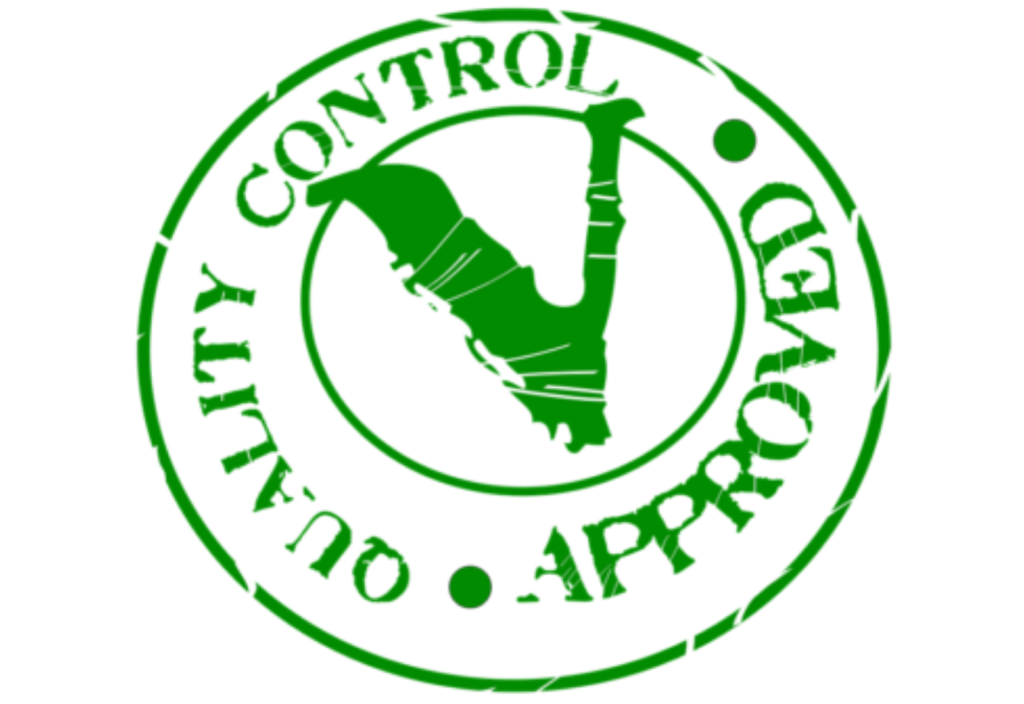Our international manufacturing lawyers have been seeing an increase in calls from foreign companies seeking help on quality control problems with their foreign manufacturers. Often, there is little we can do to help with the quality problem that necessitated their call, but there is a lot we can do to help prevent such problems in the future.
In a long ago WSJ blog post, auto industry expert Michael Dunne discussed how quality fade occurs when initial production meets all applicable standards, but later product deliveries are defective. The defects are in hidden components not easily discovered by surface inspections. Over time, the problem gets worse, hence the description “fade.” As increasingly more complex products get made overseas, the ability to engage and get away with quality fade increases as well. To put it bluntly, it is easier to hide a reduction in material quality in a massive and complex product than it is in a pair of socks.
What can you do to minimize your product quality risks?
1. Never relent in monitoring quality. Most foreign companies with which we work assume their manufacturers will improve over time. The whole premise of quality fade/quality creep is that the opposite is true. The first few deliveries are likely to be the best deliveries. Without active intervention, you should expect each subsequent delivery to be worse than the previous. Since this result is counter-intuitive, you need to be constantly on guard. Active intervention is costly and mentally exhausting.
2. Do not take current success as an indicator of continued good performance. Many manufacturers perform well for several years, causing the foreign buyer to drop its guard. After the guard is down, a drop in quality will occur. The fact that you have not had a problem with your manufacturer for many years means only so much in predicting future quality.
3. Do not expect a desire for a good commercial reputation will control the behavior of your manufacturer. Most manufacturers in the OEM world operate with thin margins and constantly struggle to survive. Many are too busy focusing on day-to-day survival to think long term. A bad reputation with foreign entities is not important to their long-term survival
4. Do not assume you know where problems will occur. It is not uncommon for a manufacturer to make the primary and expensive component just fine and then ruin it with non-standard and defective accessories.
5. Choose your manufacturer wisely. Conduct your due diligence before you buy.
6. Make all of your purchases under a well-drafted contract enforceable in the appropriate country. Purchase orders do not usually work well internationally.
7. Your contract with your manufacturer should provide a mechanism that allows you to exercise constant control over the quality of your product. Liability for defects must be made clear and it should fall hard on the manufacturer side. Defective products should never be permitted to leave the factory and they do, your factory must be liable for dealing with the problem. Dealing with defects through a discount on future purchases must not be used.
8. You must actually follow through and constantly monitor the quality of your product. The best contract with the best procedures is no good if you do not implement the procedures outlined in it.
What do you do to maintain quality when manufacturing overseas?

























